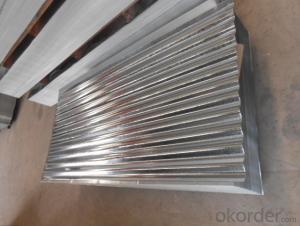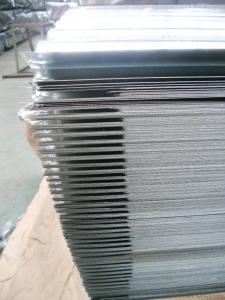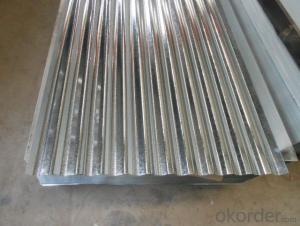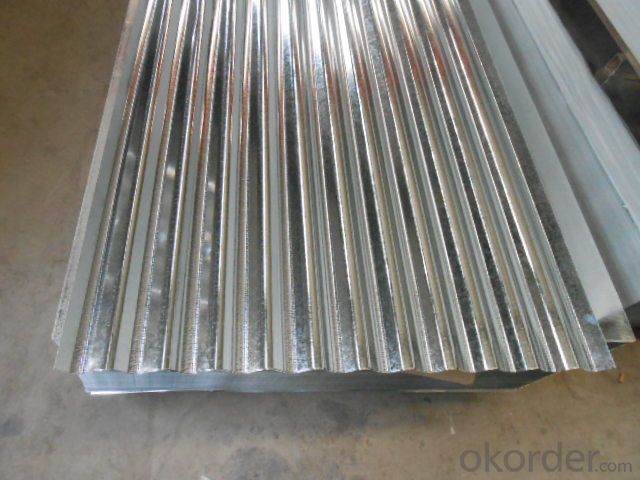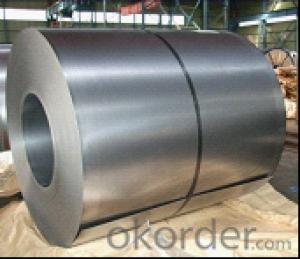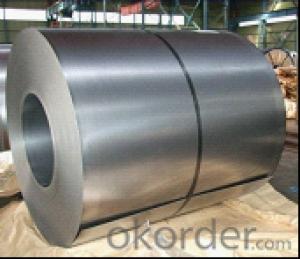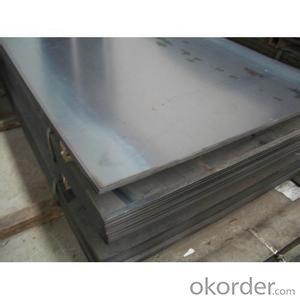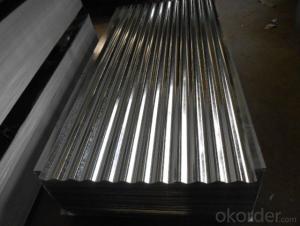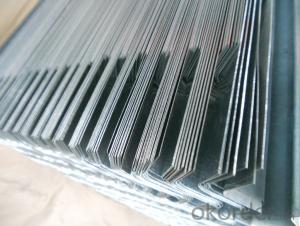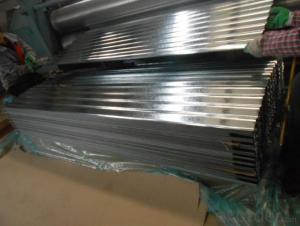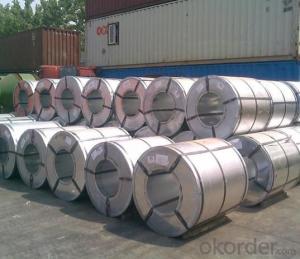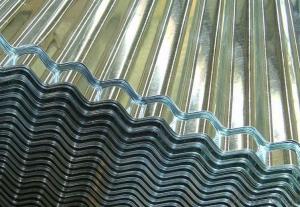Hot Dip Galvanized Steel-Sheet Corrugated
- Loading Port:
- Tianjin
- Payment Terms:
- TT OR LC
- Min Order Qty:
- 50 m.t.
- Supply Capability:
- 1000 m.t./month
OKorder Service Pledge
OKorder Financial Service
You Might Also Like
Description:
It can satisfy the especially designing demands. It apply on convenient construction, and anti-seismic performance, fire proof, waterproof, free of maintenance
Base sheet : galvanized steel sheet
Corrugated steel sheet is the galvanized steel plate which has been wave formed with the cold rolling treatment, trough especial coated dispose
Pressing steel panel with the clear line, and many colors for choice, suitable for any different building style materials, achieving satisfy effects;

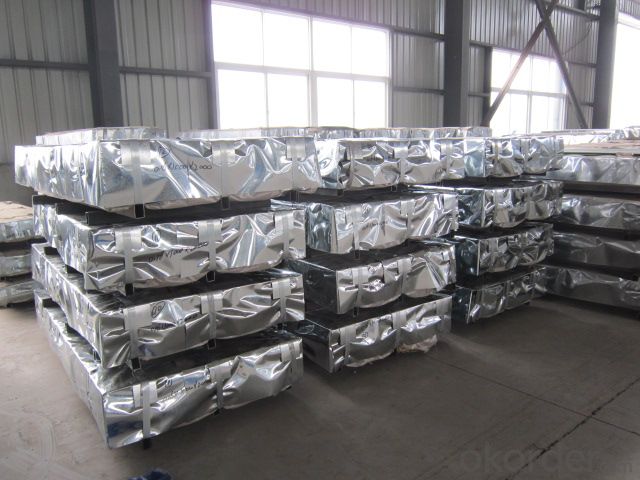
Application:
With excellent cold bending molded manufacturablity, good decoration effect, strong anti-corrosion ability, are also pollution-free and easily recycled. Accordingly, they can be used as final products and basic plates of color coated steel coils and widely applied in construction, home appliances, decoration
Product Specification:
Thickness tolerance: (+/-0.01mm)
Zinc coating: 60-180g/m2
Standard:JIS G 3302, SGCH
Package:3 ton/pallet
Specs: 0.18-0.8mm x 900mm x 2000mm
Width:900-1250mm
Surface:regular/mini/zero spangle, chromated, skin pass, dry etc.
Package:Standard seaworthy export packing: 3 layers of packing, inside is kraft paper,water plastic film is in the middle and outside GI steel ,sheet to be covered by steel strips with lock.
FAQ:
1.How many pieces for one package?
The pieces for one tone is decided by the thickness of the sheet, but we can make it according to your requirements in the reasonable range.
2. Could you produce the sheets according to our design?
Yes, we can.
3. Do you have pallets for the package?
Yes, we must use pallets for the package in order to load.
- Q: How do steel sheets perform in terms of fatigue resistance?
- Steel sheets are known for their outstanding fatigue resistance. Their high strength and durability allow them to endure repeated cyclic loading without experiencing significant damage or failure. This fatigue resistance is due to the material's capacity to absorb and distribute stress, effectively preventing the accumulation of cracks or fractures. Moreover, the fatigue resistance of steel sheets can be further enhanced through various heat treatment methods, like quenching and tempering, which improve their fatigue resistance properties. As a result, steel sheets are frequently chosen for applications where fatigue resistance is crucial, particularly in the automotive and aerospace industries, as they can endure prolonged and repeated loading without compromising their structural integrity.
- Q: Can the steel sheets be used for elevator doors?
- Yes, steel sheets can be used for elevator doors. Steel is a commonly used material for elevator doors due to its strength, durability, and fire resistance properties. Steel sheets can be fabricated and designed to fit the specific dimensions and requirements of elevator doors, providing a secure and reliable closure for elevators. Additionally, steel sheets can be finished with various coatings and finishes to enhance their appearance and protect them from corrosion.
- Q: Can steel sheets be used in food processing industries?
- Yes, steel sheets can be used in food processing industries. Stainless steel sheets are commonly used in food processing industries due to their many beneficial properties. Stainless steel is resistant to corrosion, which is essential in an environment where food is processed, as it prevents contamination and ensures the safety of the final product. Steel sheets are also easy to clean and maintain, making them ideal for use in industries where hygiene is of utmost importance. Additionally, stainless steel is non-reactive to food, meaning it does not leach any harmful chemicals into the processed food. Steel sheets are versatile and can be used for various applications in food processing industries, such as countertops, worktables, shelving, and equipment surfaces.
- Q: Can steel sheets be used for roofing purposes?
- Yes, steel sheets can be used for roofing purposes. Steel is a durable and long-lasting material that is resistant to corrosion, making it an excellent choice for roofing. Steel sheets provide strength and stability to the roof, protecting the building from various weather conditions. Additionally, steel roofs are low maintenance and can be energy-efficient if properly insulated.
- Q: The difference and usage of color steel sandwich panel and color profiled steel sheet
- The color impression plate is a component of the sandwich panel, that is, two profiled steel plates. Usually used as site block, warehouse panel
- Q: Do steel sheets require any special storage or handling?
- Yes, steel sheets do require special storage and handling. Steel sheets are prone to corrosion and damage, so it is important to store them in a dry and well-ventilated area to prevent moisture buildup. They should be kept away from direct sunlight and extreme temperature fluctuations, as this can cause warping or cracking. Steel sheets should be stored horizontally on a flat surface to prevent bending or sagging. It is also recommended to stack them properly and securely, using appropriate supports or pallets, to avoid any accidents or injuries. When handling steel sheets, it is important to use proper lifting equipment and techniques to prevent injuries and avoid damaging the sheets. Gloves should be worn to protect against sharp edges, and care should be taken to prevent any contact with other materials that may cause scratches or damage. Overall, following these storage and handling guidelines will help ensure the longevity and quality of steel sheets.
- Q: How do steel sheets handle impact resistance?
- Steel sheets have excellent impact resistance due to their high strength and durability. They are able to withstand significant force without deforming or breaking, making them highly suitable for applications where impact protection is essential.
- Q: Are steel sheets resistant to bullet penetration?
- Yes, steel sheets are generally resistant to bullet penetration due to their high hardness and strength. However, the degree of resistance may vary depending on the thickness and quality of the steel.
- Q: Are the steel sheets coated with any protective material?
- Yes, the steel sheets are coated with a protective material. The protective coating is typically applied to the steel sheets to enhance their durability and resistance to corrosion. This coating acts as a barrier between the steel surface and external elements such as moisture, chemicals, and weather conditions, preventing the steel from rusting or corroding. The protective material can vary depending on the specific application and requirements, but it is commonly a layer of zinc or zinc-alloy coating, known as galvanized coating. This coating provides excellent protection to the steel sheets and extends their lifespan, making them suitable for various industries and applications.
- Q: Can steel sheets be used for industrial machinery or equipment?
- Yes, steel sheets can be used for industrial machinery or equipment. Steel sheets are commonly used in the manufacturing and construction industries due to their strength, durability, and versatility. They can be fabricated into various shapes and sizes to suit the specific requirements of different machinery or equipment, making steel sheets a reliable choice for industrial applications.
Send your message to us
Hot Dip Galvanized Steel-Sheet Corrugated
- Loading Port:
- Tianjin
- Payment Terms:
- TT OR LC
- Min Order Qty:
- 50 m.t.
- Supply Capability:
- 1000 m.t./month
OKorder Service Pledge
OKorder Financial Service
Similar products
Hot products
Hot Searches
Related keywords
